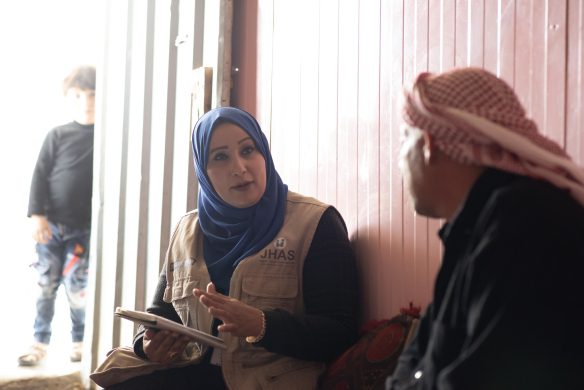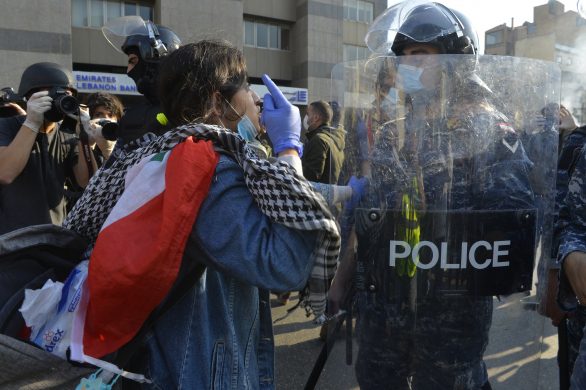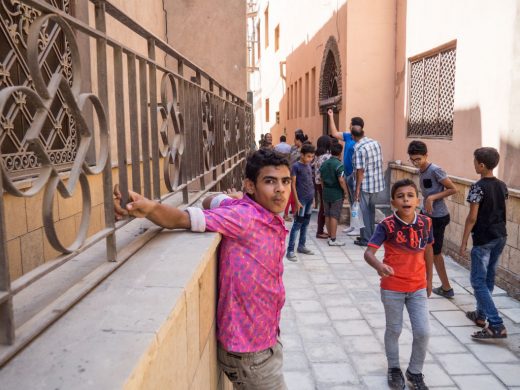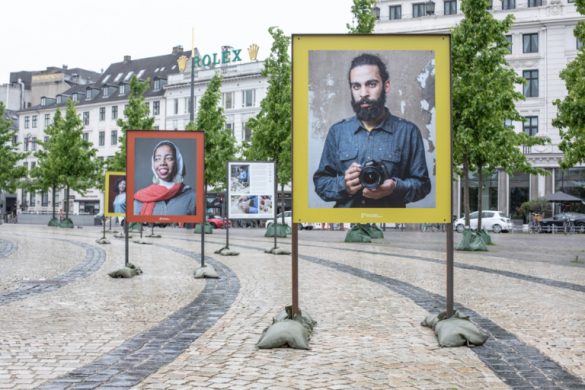STORY HIGHLIGHTS
WASHINGTON, 21 March 2016 (World Bank): Many visitors to Jordan only ever see the Dead Sea shore or the hectic capital of Amman. However, the desert landscape known as the Badia, which comprises about 80 per cent of the country, has diverse, fragile ecosystems, as well as unique archaeology and ancient history.
The Badia is home to Bedouin livestock breeders—many of them nomadic. They have maintained ancient traditions for centuries but settlement, drought, overgrazing and other factors are degrading their lands and putting their income from herding and agriculture in peril.
The World Bank and the Global Environment Facility are collaborating on a 3.3 million US dollar (22 mio. DKR) grant to help the Jordanian government create opportunities for Badia families and make their livelihoods more resilient amid climate change.
The government is focused on restoring ecosystems and improving people’s livelihoods in Mafraq and Ma’an, two impoverished governorates in north and south Badia, through the Badia Ecosystem and Livelihoods Project (BELP).
Past efforts to help have not always been sustainable
“There were times when Badia communities were disappointed by outside support,” says Banu Setlur, Senior Environmental Specialist with the World Bank’s Environment and Natural Resources Global Practice, adding:
“So to regain trust, we established processes that empowered communities to participate in the project and partnered with organizations that the communities trusted and appreciated. Without community involvement, this project would never have gotten off the ground.”
Working with partners to revitalize the Badia
The Livelihoods Project partner National Center for Agriculture Research and Extension (NCARE) is establishing rangeland reserves and hafirs—reservoirs of rainwater primarily for animal drinking—in Ma’an.
The hafirs will cut the distance herds of livestock have to travel and the costs associated with trucking water; the reserves will provide richer pastures for livestock. As a bonus, the project has mandated a “rest period” in the reserves to allow endemic species of flora, which had disappeared for 20 years, to re-emerge.
Several biodiversity “hotspots” with plant species never seen before were also identified for special conservation at NCARE’s seed bank.
Another partner with a track record of sustainably engaging with communities—the Hashemite Fund for the Development of the Jordan Badia (HFDJB)—paved the way for NCARE’s work by mobilizing target groups and seeking their agreement on decisions around terms for grazing and water use. Through the project, the HFDJB is also offering small grants to assist people with their livelihoods, education, and training.
Restoring confidence in ecotourism
There is a positive story brewing in north Badia, which has turned out to be something of a magnet for adventurous travelers wanting to walk in Lawrence of Arabia’s footsteps. Until the Arab Spring in 2011, tourism accounted for nearly 12.5 per cent of Jordan’s GDP. That figure has dropped because of the instability in the region.
The Bank is supporting ecotourism by working with the Royal Society for the Conservation of Nature (RSCN)—a regional leader in community-based ecotourism—to establish an ecotourism corridor in Mafraq that is already attracting other donors.
The project will expand ecotourism by building on RSCN’s Al Azraq wetlands reserve and the Shaumari wildlife reserve. Tourists will experience Bedouin culture, as well as attractions such as limestone formations, sites with Safaitic inscriptions and petroglyphs, and ancient castles.
The concept of high-value, low-volume ecotourism minimizes environmental impact and maximizes economic returns for local communities, such as the Ar Ruwaished community.
Supporting women in the Badia
Læs videre på
http://www.worldbank.org/en/news/feature/2016/03/21/transforming-jordans-badia-deserts-into-ecosystems-of-opportunity














